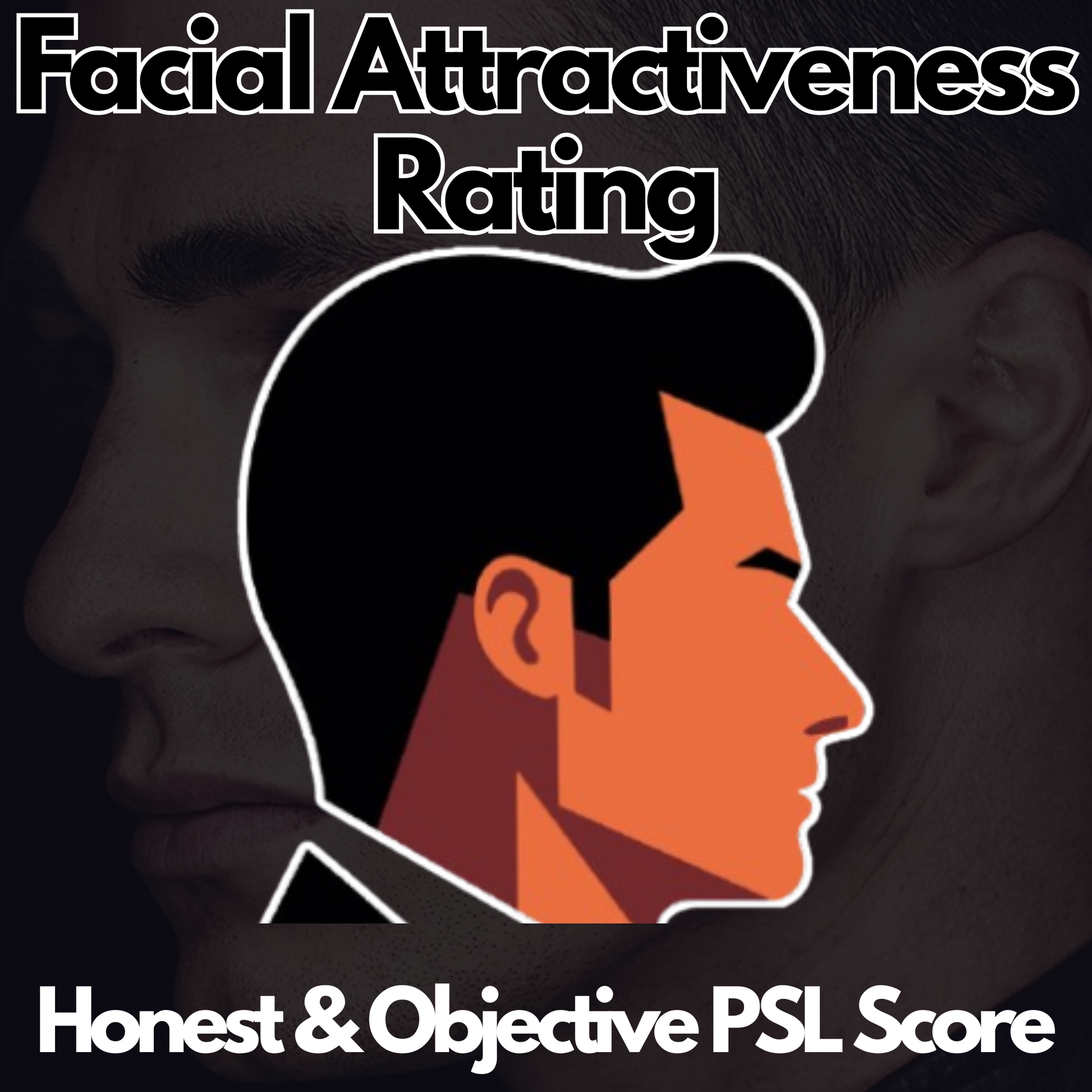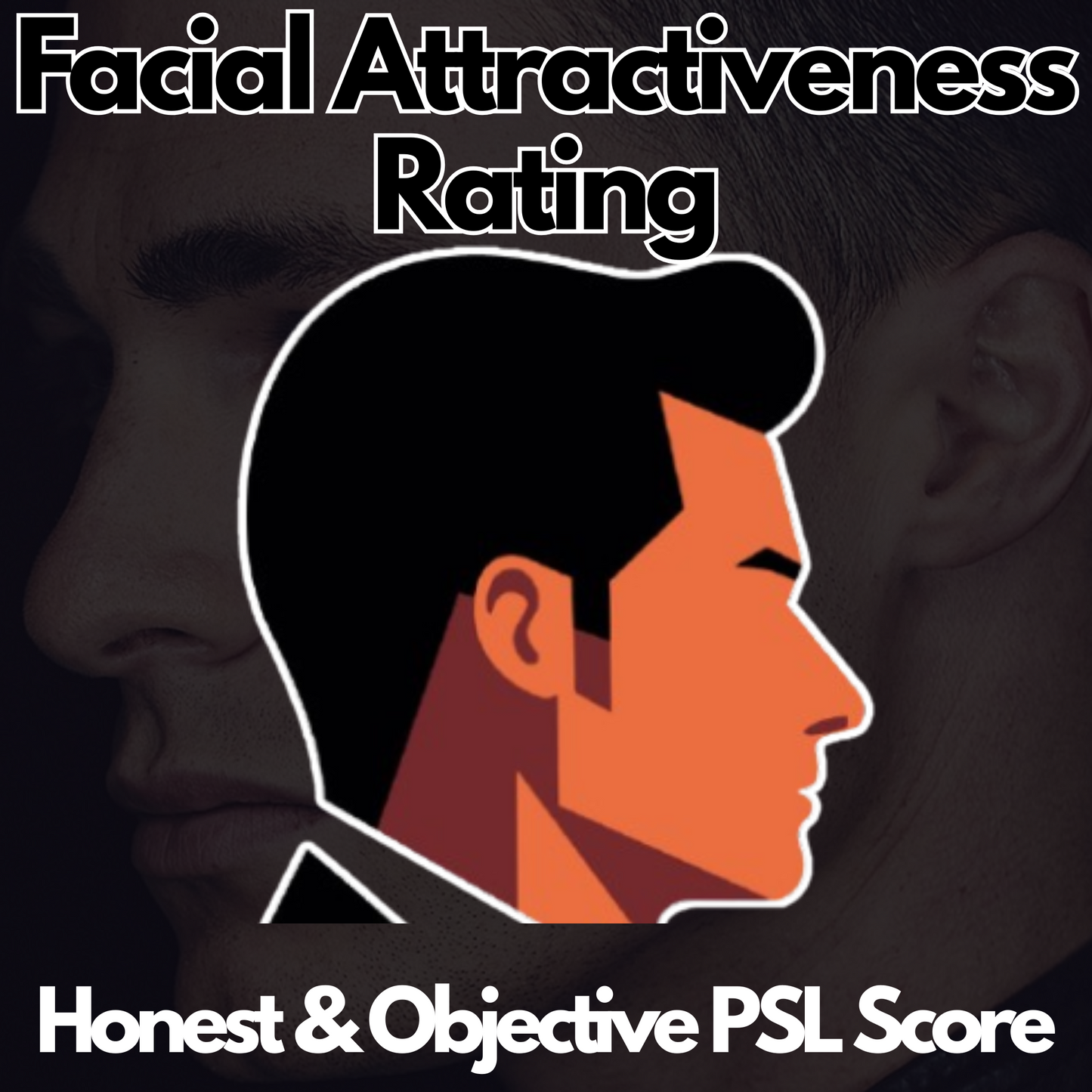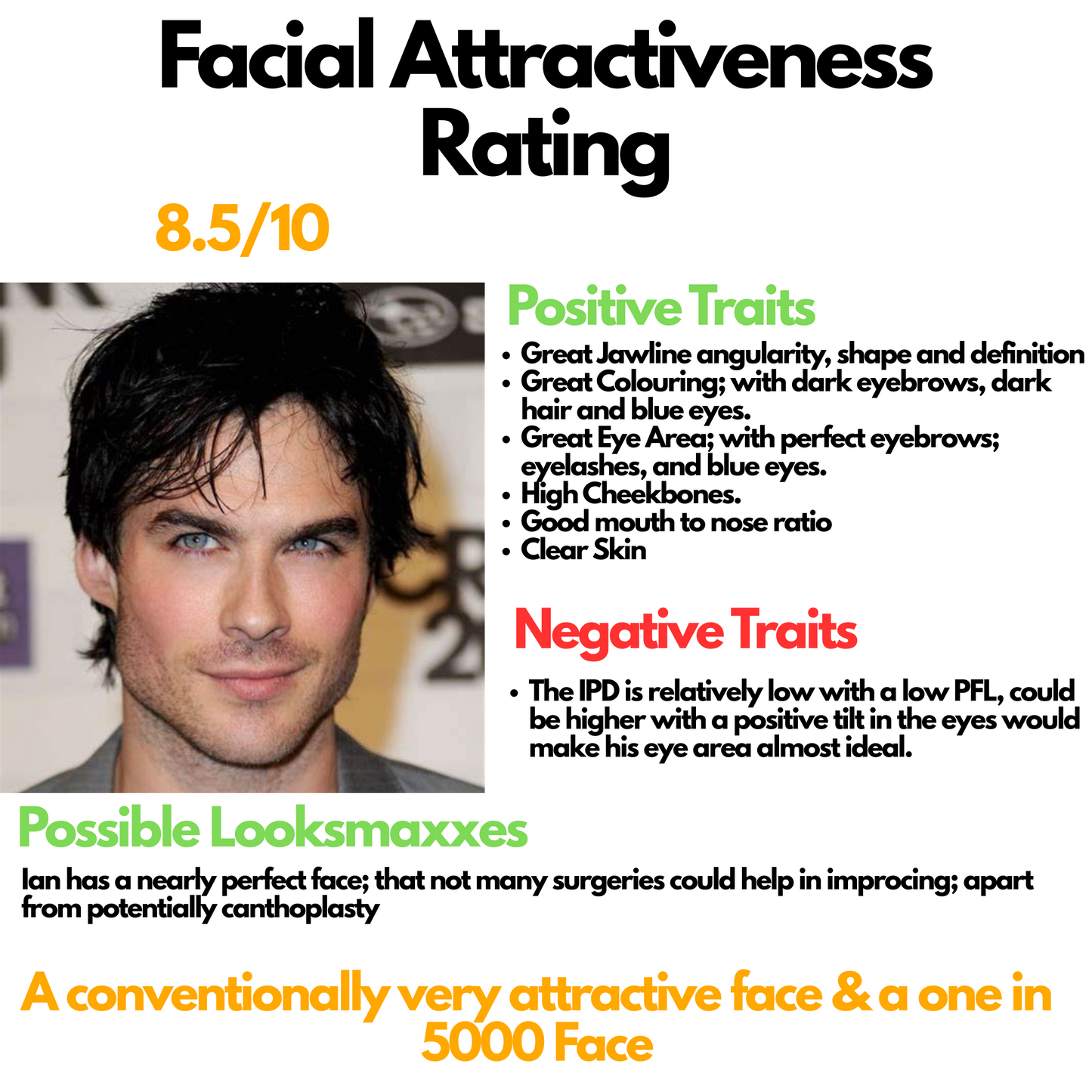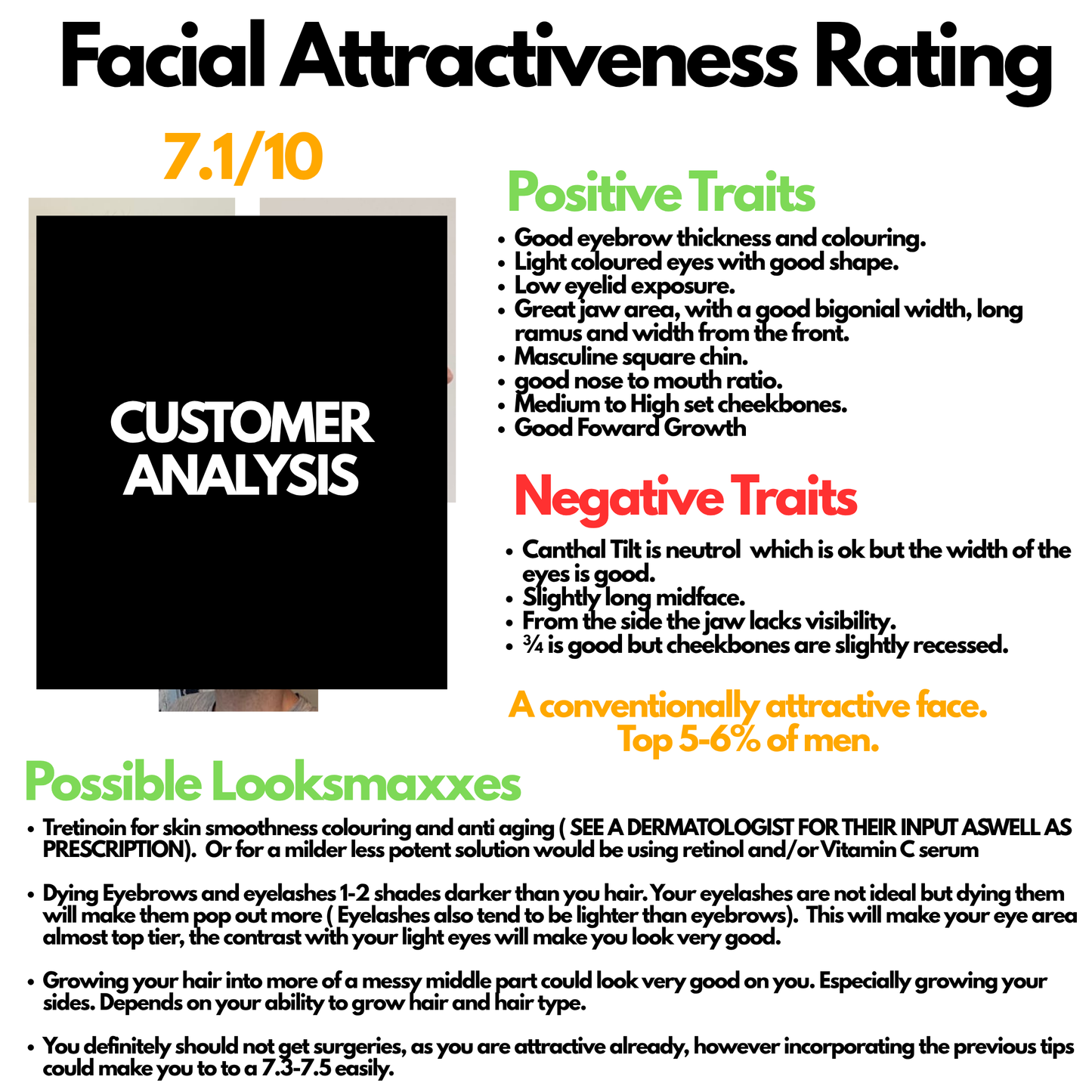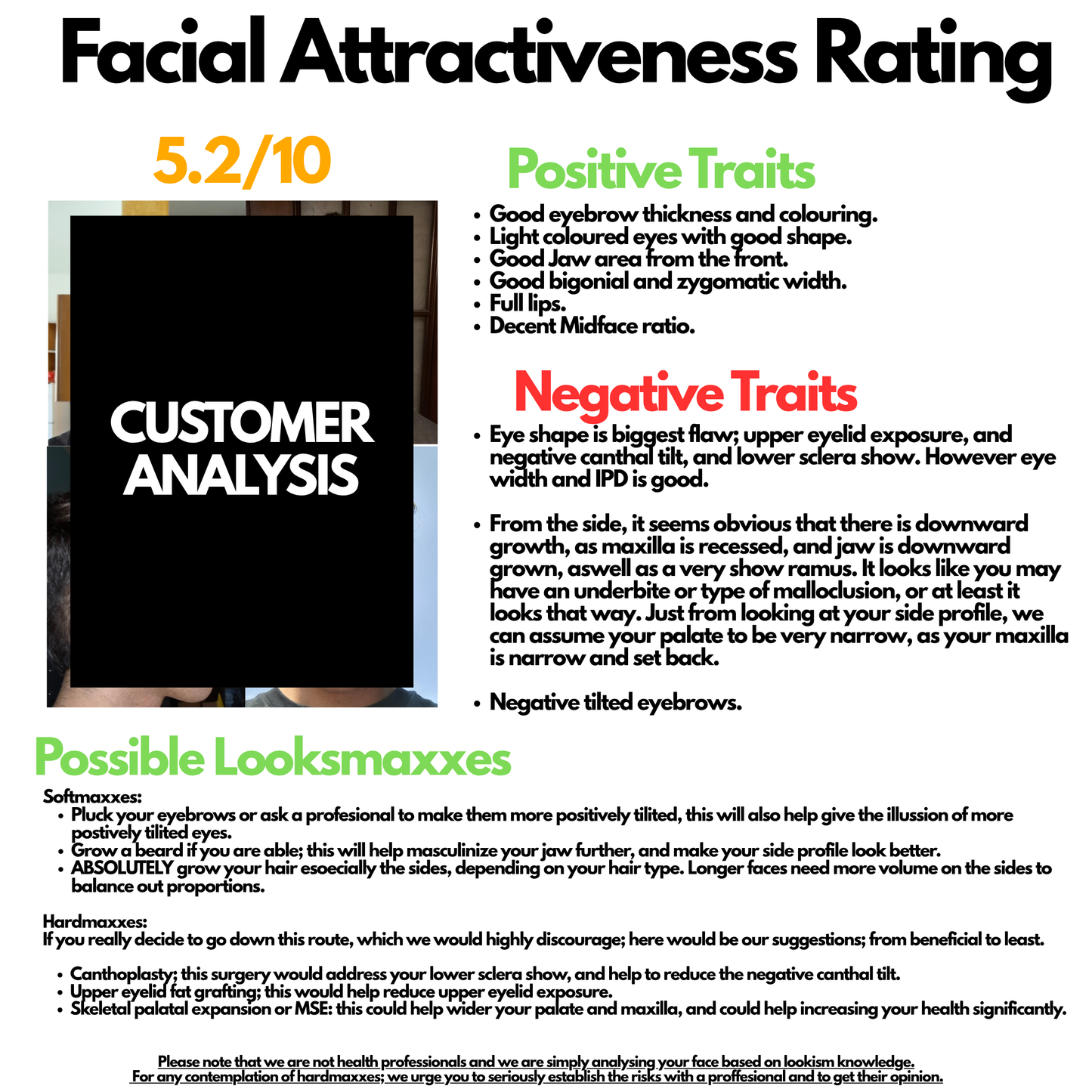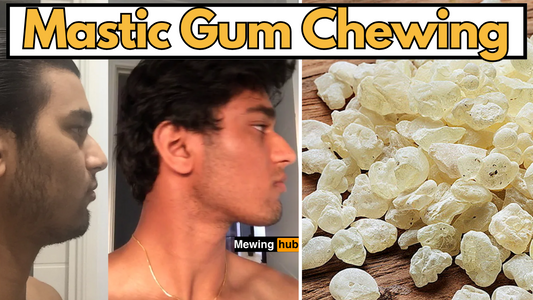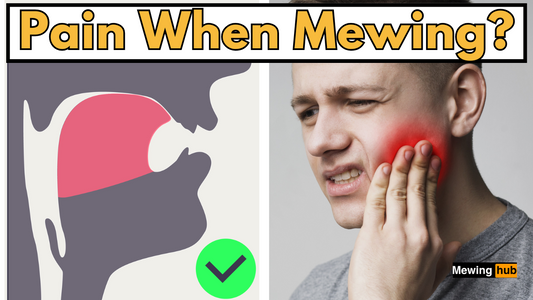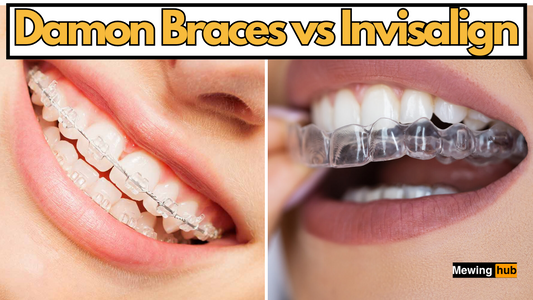At What Age Should I Start Mewing? A Comprehensive Guide to Optimal Timing
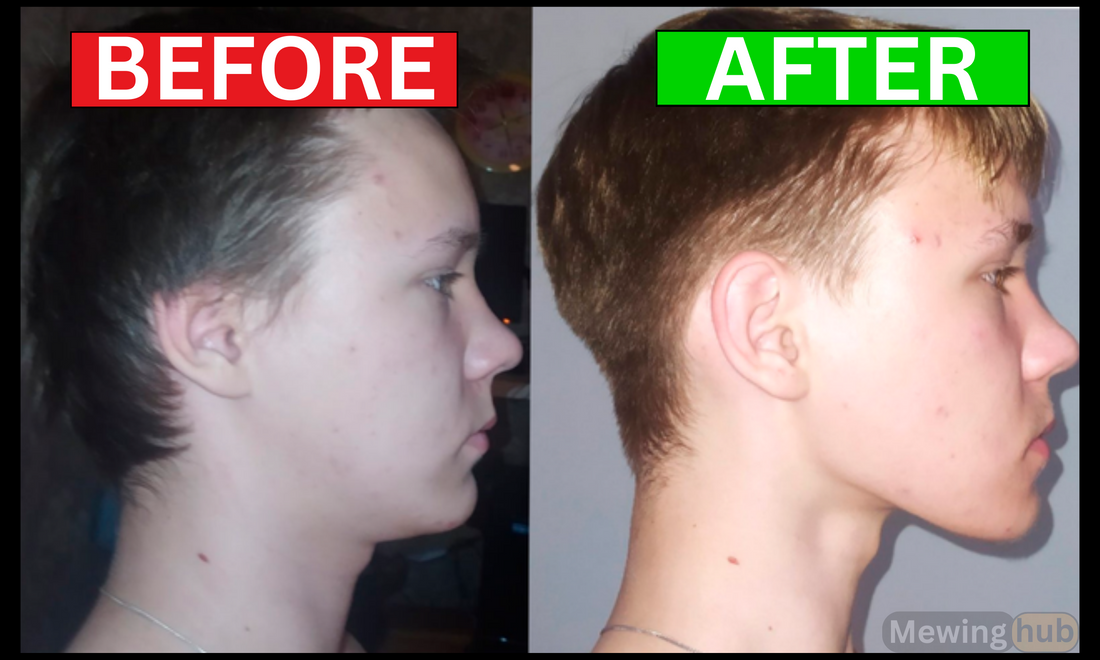
Deel
Mewing, the practice of maintaining proper tongue posture, has gained significant attention in recent years for its potential benefits on facial structure and overall oral health.
A common question among those interested in this technique is: "At what age should I start mewing?"
This article will explore the optimal age to start mewing and the potential impacts at different life stages.
The Ideal Age to Start Mewing
When it comes to the age to start mewing, the consensus among experts is clear: the earlier, the better. Here's a breakdown of mewing effectiveness at different ages:

Early Childhood (0-8 years)
Starting mewing during early childhood is considered ideal. At this age, facial bones are still developing, making it the most effective time to influence facial structure through proper tongue posture. Dr. Mike Mew, the popularizer of the mewing technique, emphasizes that the best time to start mewing is "right out the womb."
Late Childhood to Early Teens (8-14 years)
While not as optimal as starting in early childhood, beginning mewing during this age range can still yield significant results. The facial bones are still relatively malleable, allowing for potential improvements in facial structure.
Teens to Young Adults (15-25 years)
Starting mewing during the teenage years or early adulthood can still lead to noticeable changes, albeit more slowly. Many individuals report positive results when beginning mewing at this age, with some seeing changes even into their early 20s.
Adults (25+ years)
While the potential for dramatic structural changes decreases with age, adults can still benefit from starting mewing. The practice can help maintain facial structure, improve breathing, and potentially lead to subtle aesthetic improvements over time.
The Science Behind the Age to Start Mewing

Understanding why the age to start mewing matters requires a look at the science of facial development:
- Bone plasticity: Younger individuals have more malleable facial bones, making it easier to influence their growth through proper tongue posture.
- Growth spurts: Puberty and adolescence are periods of rapid growth, providing opportunities for significant facial changes through mewing.
- Muscle memory: Starting mewing early helps establish proper tongue posture as a natural habit, making it easier to maintain long-term.
Benefits of Starting Mewing at Different Ages

Early Childhood Benefits
- Optimal facial development
- Prevention of malocclusion and breathing issues
- Establishment of proper oral posture habits
Adolescent Benefits
- Potential improvement in jawline definition
- Enhanced facial symmetry
- Correction of minor orthodontic issues
Adult Benefits
- Maintenance of facial structure
- Improved breathing and sleep quality
- Potential subtle aesthetic enhancements
Is It Ever Too Late to Start Mewing?
While the ideal age to start mewing is in childhood, it's important to note that it's never too late to begin. Even adults in their 30s, 40s, and beyond can experience benefits from adopting proper tongue posture. The key is to approach mewing with realistic expectations and consistency.
How to Start Mewing at Any Age

Regardless of when you decide to start mewing, here are some tips to get started:
- Proper tongue placement: Rest the entire tongue against the roof of your mouth.
- Lips closed: Keep your lips gently closed to encourage nasal breathing.
- Teeth lightly touching: Allow your molars to make light contact.
- Consistency: Practice maintaining this posture throughout the day.
- Patience: Remember that changes take time, especially if you're starting at an older age.
Potential Challenges Based on Age to Start Mewing
Challenges for Young Children
- Difficulty understanding and maintaining proper technique
- Potential interference with natural growth if not done correctly
Challenges for Teens and Young Adults
- Breaking established habits of improper tongue posture
- Balancing mewing with orthodontic treatments
Challenges for Adults
- Limited potential for significant structural changes
- Longer time required to see noticeable results
Combining Mewing with Other Practices

To maximize the benefits of mewing, consider combining it with:
- Proper chewing habits
- Good posture
- Nasal breathing exercises
- Overall healthy lifestyle choices
Expert Opinions on the Age to Start Mewing
While there's debate among professionals about the effectiveness of mewing, many agree that starting early is beneficial. Dr. John Mew, father of Mike Mew and pioneer of orthotropics, emphasizes the importance of proper oral posture from infancy.
Conclusion: It's Never Too Late to Start Mewing
While the ideal age to start mewing is in early childhood, it's clear that adopting proper tongue posture can be beneficial at any age. The key is to approach mewing with realistic expectations, consistency, and patience.
Whether you're a parent looking to support your child's facial development or an adult seeking to improve your oral posture, starting mewing can be a positive step towards better oral health and potentially enhanced facial aesthetics.Remember, mewing is not a quick fix but a long-term practice.
Consult with a qualified professional before making significant changes to your oral posture, especially if you have existing dental or orthodontic concerns.
By understanding the optimal age to start mewing and the potential benefits at different life stages, you can make an informed decision about incorporating this practice into your or your child's life. Whether you're 5 or 50, proper tongue posture can contribute to overall oral health and well-being.

